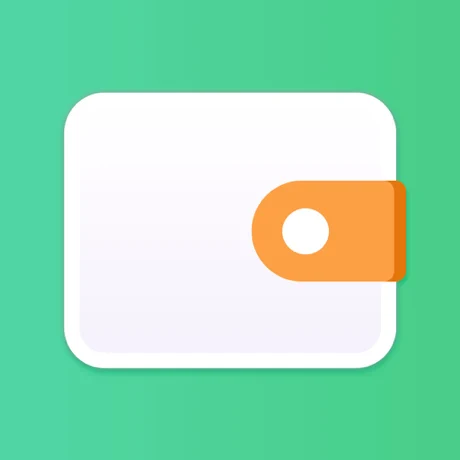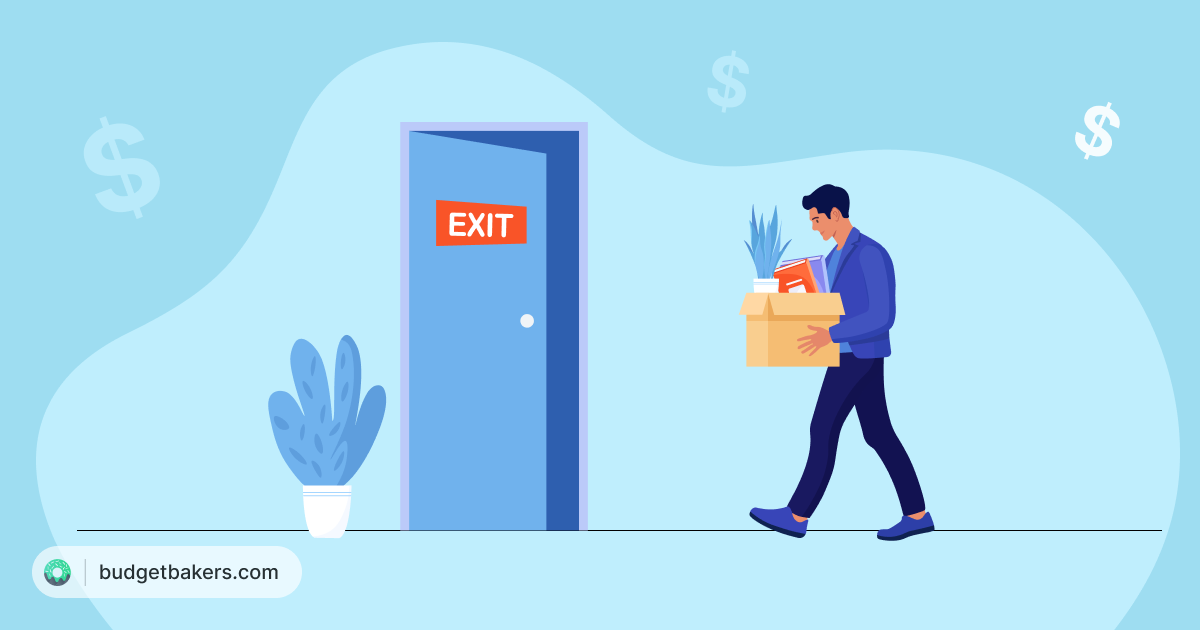Most of us want to save money. But somehow, only a few of us end up doing it right. What if we told you that your financial foundation is built on your saving enough money and not spending right? Having some money stashed away is what will fuel your future spending, keep you out of debt and even help you grow your money by investing.
But savings isn’t that easy, we know. It is a habit that has to be built into your life. It’s like getting healthy. You need to have a goal, be consistent with your plans and stick to them. Restricting or cutting down spending drastically will only have the effect that crash diets do. It leads to more cravings and chances are that you’d find yourself bingeing.
So the aim is to create a sustainable habit of saving. This is why experts suggest that saving a $1000 will give you a headstart in your financial life. It will prepare you for emergencies and keep you falling into more debt.
How to save your first $1000
So here’s how you can save your $1000 and build a sustainable savings habit while at it.
Set a time period
Now, be realistic here. If you earn only $1200 a month, you cannot possibly save $1000 in a month. Understand that this is not about how fast you reach that first $1000. It is about using savings methods that are realistic and you can stick to. So look at your income and expenses, and decide by when you can really save that $1000. Maybe, in three months? Or maybe in six. Find your number.
Now break that number down into smaller, bite-sized goals. Say, you decided you’d give yourself three months to save your first $1000. This means you have to save around $333 dollars a month or about $83 dollars every week. Now this doesn’t seem all that scary, right? Smaller goals mean less stress and more motivation to achieve them.
In short: Decide how much time you will take to save $1000 and break it down into a weekly savings goal. You can set up your monthly or weekly goals on Wallet to make sure you stay on track.

Track your money
If you don’t already do this, start now. To know where you can cut back, you need to know what your money does now. For those who haven’t been tracking ever, get your bank and credit card statements. Import your transaction details to Wallet and take a look at your spending pattern. Now you can spot the categories you’re spending on the most, how much unnecessary fees you’re shelling out and even the subscriptions that you do not use.
Look for patterns that are specific to you, not generic flashpoints. Maybe you eat out a lot. The first advice someone who looks at your dining out spending may give you would be to eat more at home. But what if you don’t know how to cook or don’t enjoy cooking? So, it’s never a one-size-fits-all fix. Figure out what you can cut on and consider cheaper or money-saving options that can work to cut down that spending. And, the most important part is that once you do cut back on the spending, do not forget to move your savings into your real savings account. Else, it will live in your current account and get used without thought on something else.
In short: Analyse your spending, cut back on unnecessary spending and move the money you save to your real savings account.
Set a budget
A budget is not about imposing restrictions. A budget is about having a plan. It is about being smart about your money decisions. It is about engineering your path to financial freedom. Budgets make you mindful of how you’re spending your money. So choose a budgeting method which is easy to stick to and is flexible.
Once you budget for your fixed expenses, you’ll see how much money you really have left for spending and saving. Make a call on how much you want to set aside. Some people follow a 50-20-30 budget, where your fixed expenses are not more than 50%, you set aside 30% to spend on your day-to-day wants and you save 20% of your paycheck. Choose from any of the many budgeting methods. Remember that the aim is to get an idea of how much money you can possibly put aside into savings every month.
In short: Create a budget and figure out how much money you can put aside to savings every month.
Automate your saving
One of the most crucial mistakes that a majority of people end up doing is that they spend first and then at the end of the month move whatever is left in their accounts to saving. What you need to do instead is make savings a priority. Whenever you get your paycheck, make sure that you save first and then use the rest to spend.
The amount of money you arrived at in the last step from your budget, make sure you move this into your savings account before you even get a chance to see it in your current account. Automation works best in such cases. If you get paid on the same day every month, then set up a direct debit from your account to your savings account. At the end of the month, also take a look at your budgets. It is possible that if you were spending mindfully, you may have some money left in your budgets. Roll this over to your savings account.
In short: Move your savings to another account as soon as you get paid. At the end of every period, move the excess in your budgets to your savings account.

Sell stuff you don’t need
We all have things lying around in our homes that we seldom use. Why not make use of them instead of letting them sit there and gather dust? So clean up the clutter in your house and find things that you don’t use but may be of value to others.
Those shoes, bags, bed covers, watches, CDs… anything that you haven’t used in the last six months and are sure won’t be using again can be added to this list. There are many ways you can sell stuff today. List it on an online marketplace (Facebook’s marketplace has worked great for me!) or an app or website like letgo, Craigslist or eBay or conduct a yard sale. Whatever it may be, the important part here is to move the money you make by selling your stuff into your savings account.
In short: Sell things you don’t need and move that money into your savings account.
Try free weekend activities
Most people tend to spend the most on weekends. It’s the time when everyone in the family has free time and gets together to go out and have fun. But what if you could cut down on this spending till the time you save that first $1000?
Check your records from the previous months and determine how much you spend during weekends on an average. Now attempt to practice at least one or two spend-free weekends during your savings period. Don’t worry that you will have to sit at home all day or that you will not have enough fun if you don’t spend. Here’s a list of 103 ways in which you can have fun on a spend-free weekend. Again, it’s not just about cutting back, it is about actually moving that money to your savings account.
In short: Practice no spending weekends and move the money you saved to your savings account.

Earn more money
After the first few weeks, you’ll get an idea of whether you’re meeting your weekly savings goal or not. So according to the basic formula in personal finance, there are only two ways to increase the amount you save. Either you spend less or you earn more. So if you’re not able to meet your savings goal by spending less, consider taking up something that would supplement your income for that period and grow your savings.
You may not have time to do a full-fledged second job, but nowadays there are many ways you can make money even without getting out of home. Take a look at some side hustles you can try out to start earning more right now.
In short: Take up a side hustle and put all you earn from it to your savings account.
Finally…
Once you follow these tips, you’ll find that savings isn’t that hard after all. It’s all about building a habit and sticking to it. Once you get into the groove, you’ll start looking at it as just another task you do every day and forget about.
Do you want to save even more money? The personal economy section on financer.com, the leading finance comparison website, helps you compare saving accounts, investment accounts, and other financial products.
Wallet – system for your financial health
Wallet is available for you worldwide with over 10,000 bank integrations.
It has over 5,000,000 downloads and 400,000 active users.
You can be one of them! Buy a yearly plan with a 50% discount right now!
Find the app on the App Store or Google Play and explore it! Or start by signing up for our WebApp today.
Over to you
How did you save your first $1000 and what are your tips and tricks to start saving more and make it a habit? Let us know in the comments section below.
Follow BudgetBakers on Facebook, Twitter, Linkedin and Instagram to get more updates from us.




